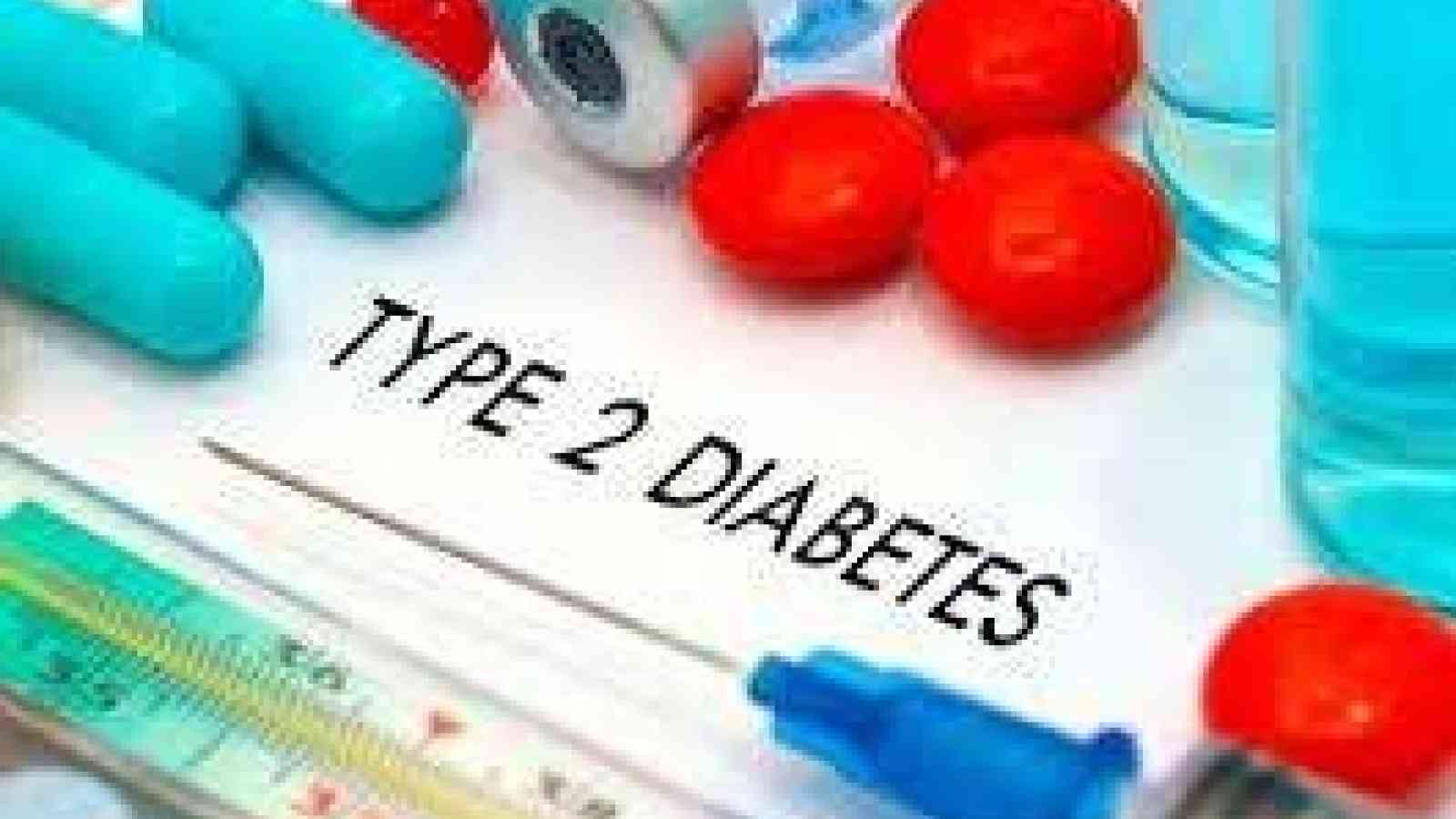
Type 2 Diabetes and Exercise
Type 2 diabetes mellitus (T2DM) is a chronic conditionin which the body’s cells do not respond properly to insulin. Most often, this leads to increased blood glucose (sugar) levels, called hyperglycaemia
How is T2DM monitored?
Measuring blood glucose levels is particularly important before, during and after exercise. People with T2DM should monitor their own blood glucose one or more times a day with a blood glucose meter. Diabetes managemen tshould also be monitored regularly by your GP.
How does exercise help?
Increasing physical activity can reduce the incidence of T2DM by almost 60% in people at risk (5). Better blood glucose managementoften means people can reduce their T2DM medications. As people with diabetes age, the benefit of maintaining muscle mass through exercise is also likely to improve physical function and independence (8).
Studies show that exercise can (7) help prevent or delay T2DM;improve control of blood glucose; decrease the proportion of body fat; decrease the risk of heart disease; and increase heart and lung fitness in people with T2DM.
What exercise is best for people T2DM?
The total amount of exercise should include a combination of aerobic and resistance training. An Accredited Exercise Physiologist can create a suitable exercise program for you.
Who should exercise?
Although some risks are associated with physical activity for people with T2DM, the risks of inactivity mostly outweigh them. The following points should be kept in mind before starting an exercise program: Low blood glucose: If necessary, consult with your health professional before commencing exercise to discuss your medications and monitoring of your blood glucose levels. Exercise may need to be temporarily modified. Risk of cardiac events (e.g. heart attacks). People wishing to exercise vigorously, older people, and people with established cardiovascular disease should be screened prior to commencement of their program; Peripheral neuropathy. Appropriate footwear, regular foot inspection and low-impact exercises are essential with peripheral neuropathy, and are also highly advised for all people with T2DM;Hypertension(high blood pressure). Although exercise reduces hypertension, those with poorly controlled blood pressure should avoid vigorous exercise, particularly resistance training of vigorous intensity; and Obesity.
For overweight people with T2DM, weight loss will reduce joint pain and discomfort when exercising, and encourage them to continue exercising.
References and further information: Exercise is Medicine Australia www.exerciseismedicine.org.au
Find an Accredited Exercise Physiologist www.essa.org.auExercise Right www.exerciseright.com.au
1.Centers for Disease Control and Prevention. National Diabetes Fact Sheet: general information and national estimates of diabetes in the United States, 2007. Atlanta, GA: Department of Health and Human Services, Centers for Disease Control and Prevention2008. Available from: Department of Health and Human Services, Centers for Disease Control and Prevention.2.Church TS, Blair SN, Cocreham S, Johannsen N, Johnson W, Kramer K, Mikus CR, Myers V, Nauta M, Rodarte RQ, Sparks L, ThompsonA, and Earnest CP. Effects of aerobic and resistance training on hemoglobin A1c levels in patients with type 2 diabetes: a randomized controlled trial. Jama. 2010;304(20):2253-62.3.Dunstan DW, Zimmet PZ, Welborn TA, De Courten MP, Cameron AJ, Sicree RA, Dwyer T, Colagiuri S, Jolley D, Knuiman M, AtkinsR, and Shaw JE. The rising prevalence of diabetes and impaired glucose tolerance: the Australian Diabetes, Obesity and Lifestyle Study. Diabetes Care. 2002;25(5):829-34.4.Hordern MD, Dunstan DW, Prins JB, Baker MK, Singh MA, and Coombes JS. Exercise prescription for patients with type 2 diabetes and pre-diabetes: A position statement from exercise and sport science Australia. J Sci Med Sport. 2011.5.Knowler WC, Barrett-Connor E, Fowler SE, Hamman RF, Lachin JM, Walker EA, and Nathan DM. Reduction in the incidence of type 2 diabetes with lifestyle intervention or metformin. N Engl J Med. 2002;346(6):393-403.6.Magliano DJ, Barr EL, Zimmet PZ, Cameron AJ, Dunstan DW, Colagiuri S, Jolley D, Owen N, Phillips P, Tapp RJ, Welborn TA, and Shaw JE. Glucose indices, health behaviors, and incidence of diabetes in Australia: the Australian Diabetes, Obesity and Lifestyle Study. Diabetes Care. 2008;31(2):267-72.7.Marwick TH, Hordern MD, Miller T, Chyun DA, Bertoni AG, Blumenthal RS, Philippides G, and Rocchini A. Exercise training for type 2 diabetes mellitus: impact on cardiovascular risk: a scientific statement from the American Heart Association. Circulation. 2009;119(25):3244-62.8.Park SW, Goodpaster BH, Lee JS, Kuller LH, Boudreau R, de Rekeneire N, Harris TB, KritchevskyS, Tylavsky FA, Nevitt M, Cho YW, and Newman AB. Excessive Loss of Skeletal Muscle Mass in Older Adults with Type 2 Diabetes. Diabetes Care. 2009.


